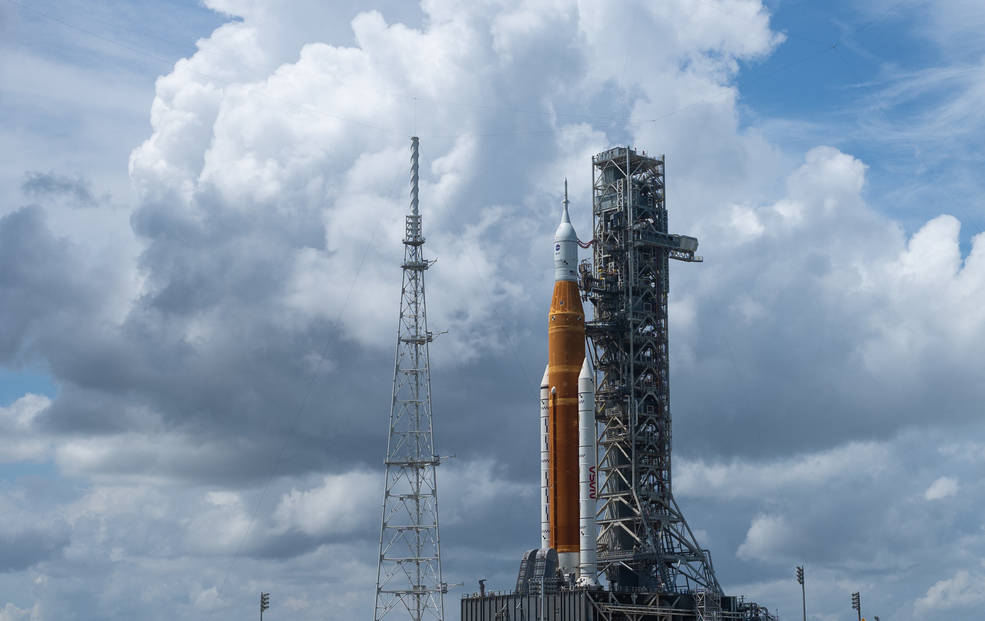A really pleasant evening to start September. I could sit out on the deck in a t-shirt and be quite comfortable late into the evening. These nights will be fewer and fewer in the weeks ahead.
Crickets are signing their little hearts out. Wait, do insects have hearts?
Insect Cop says: “Insects do have hearts, but they look very different to our own. The insect heart is a long, tubular structure that extends down the length of the insect body, and delivers nutrient-rich blood to the organs and tissues.
“Insects also have their own version of blood, called haemolymph. Unlike human blood, insect haemolymph does not carry oxygen and lacks red blood cells.”
Back to posting on September 6. It’s good to take Labor Day seriously and not work. We ought to have two labor days, come to think of it — add May 1 as a springtime holiday.
A public domain shot, lifted from NASA. Photographer: Joel Kowsky.
Hope all goes as planned. Yet I can’t help thinking — how is it so different from the Saturn V? An improvement in any way, after 50 years? Hard to say.
Why orange? Black and white were good enough for the Saturn V, after all. Turns out it’s a weight issue, and with Moon rockets, every ounce counts.
“The orange color comes from insulation that covers the vehicle’s liquid hydrogen and oxygen tanks,” noted an article published by the Planetary Society about seven years ago.
“This is the same reason that the Space Shuttle’s external fuel tank was orange. The first two shuttle flights, STS-1 and STS-2, in 1981, featured tanks painted white to protect the shuttle from ultraviolet light while sitting on the launch pad. But after engineers concluded the protection was unnecessary, the white paint was discarded, freeing up 600 pounds of weight in the process.”
One more thing, NASA. Get a better name for the rocket. Artemis and Orion are good; they go together in history and lore. But Space Launch System? That just doesn’t have the panache of Saturn.